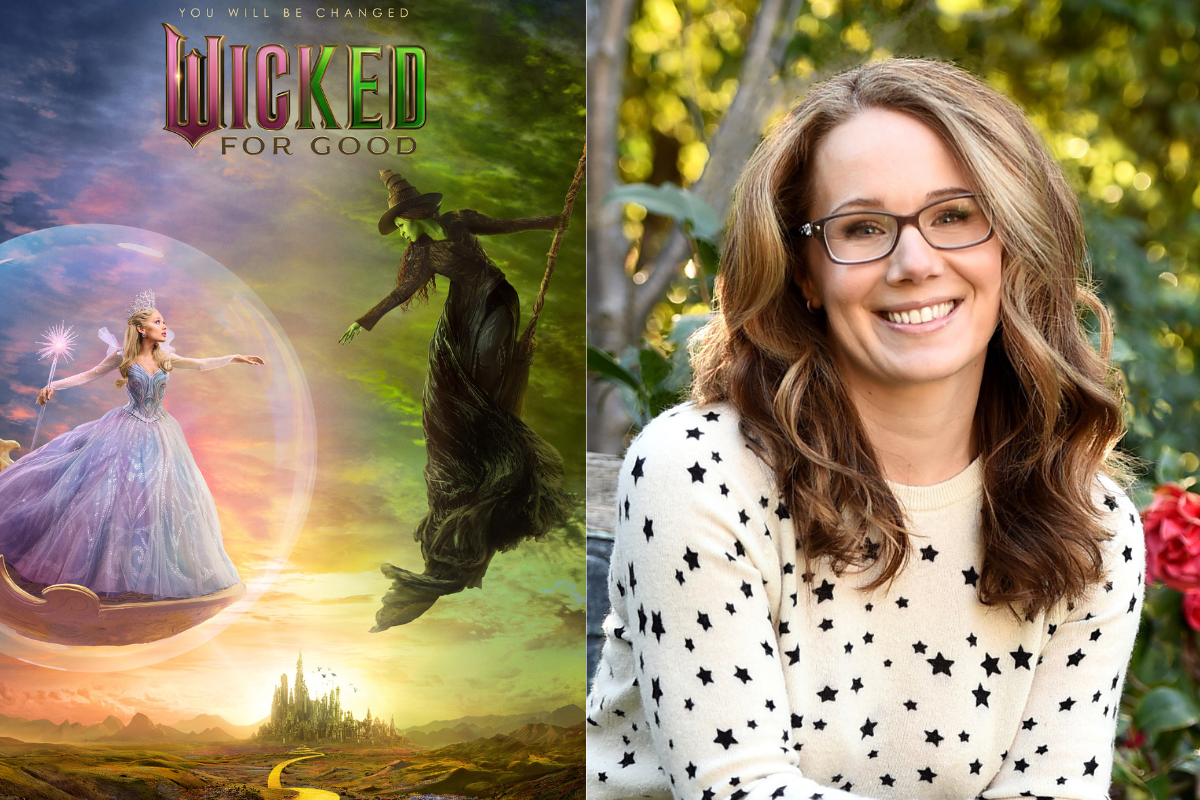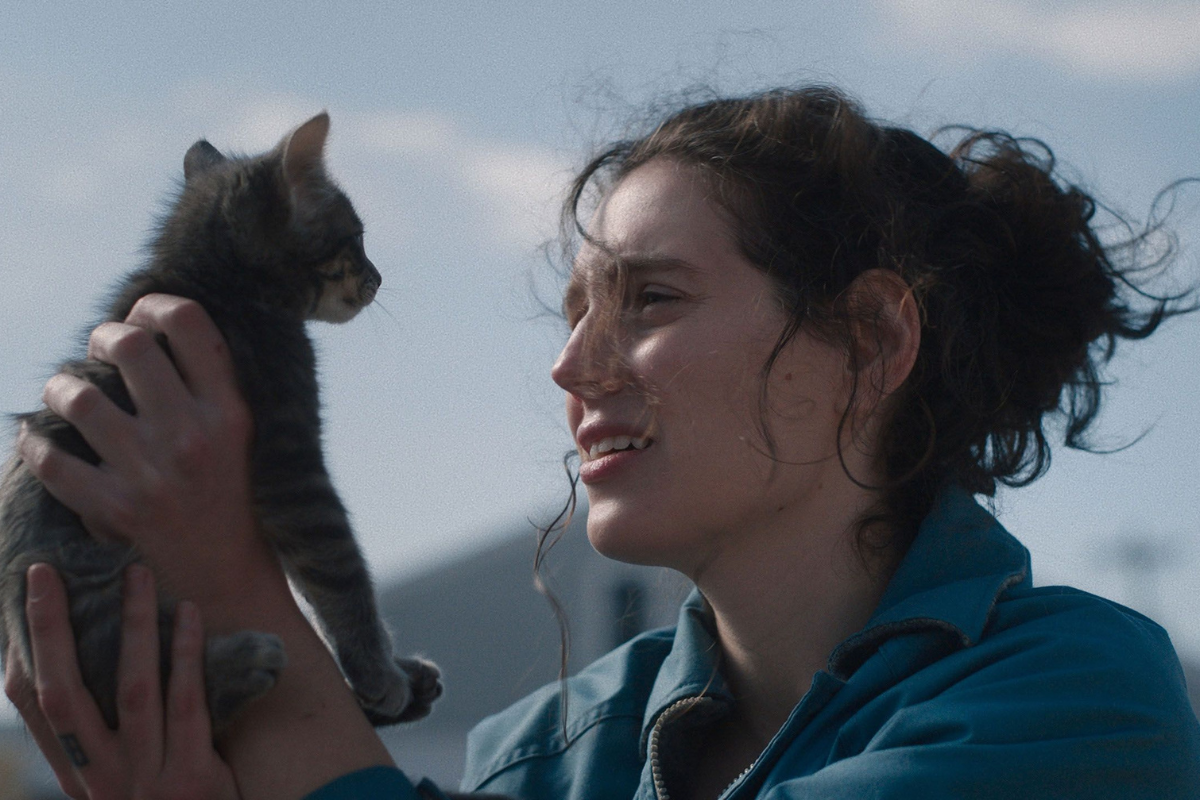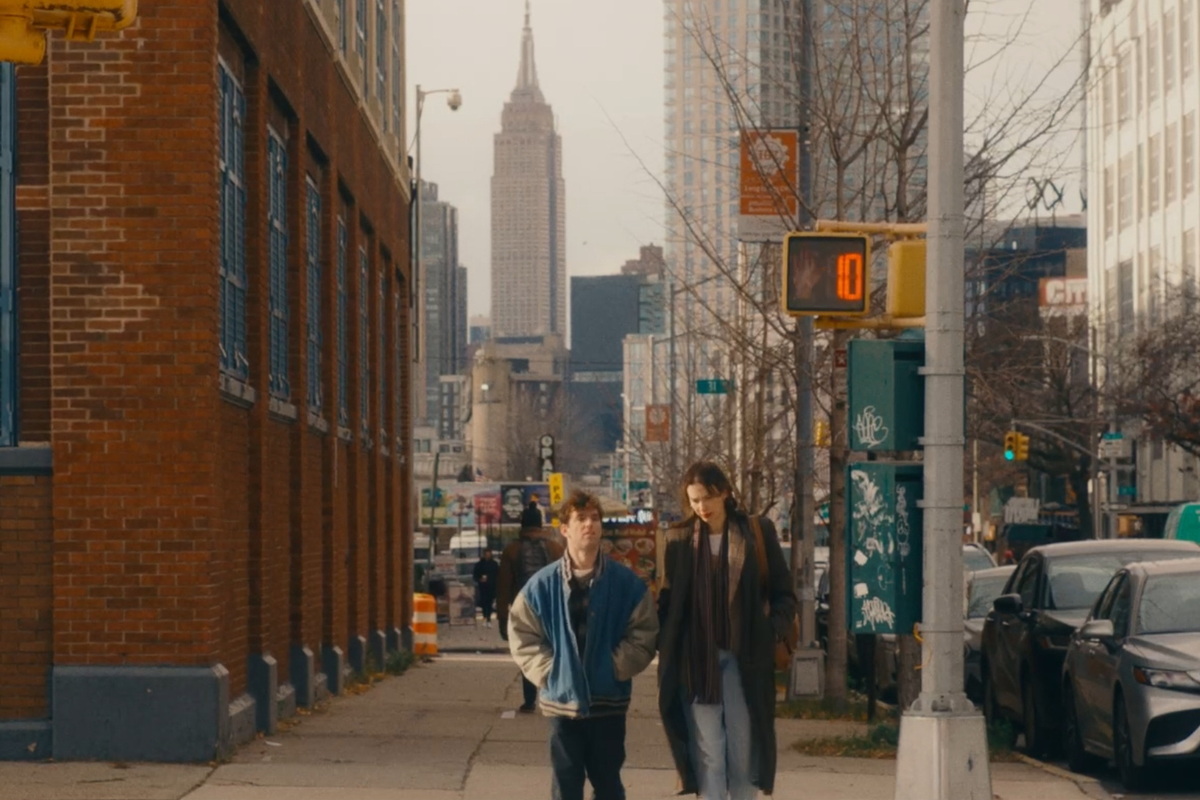‘Freaky Tales’ – The Ultimate Mixtape
Writing-directing team Anna Boden and Ryan Fleck talk about the inspiration behind ‘Freaky Tales,’ how they eventually settled on four interconnected chapters, their writing process, and more!
Set in 1987 Oakland, Freaky Tales is a multi-track mixtape of colorful characters — an NBA star, a corrupt cop, a female rap duo, teen punks, neo-Nazis, and a debt collector — on a collision course in a fever dream of showdowns and battles. Executive produced by hip-hop pioneer Too $hort, and featuring an all-star ensemble including Pedro Pascal, Ben Mendelsohn, Jay Ellis, Normani, Dominique Thorne, Jack Champion, Ji-young Yoo, Angus Cloud, and Tom Hanks, this pulpy blend of explosive action, edgy humor, gory kills, and sly twists and turns makes for one wild ride.
Need a breath of fresh air in your film-viewing experience that just hits a little different? How about a film that pays homage to films like Penelope Spheeris’ The Decline of Western Civilization (1981), Alex Cox’s Repo Man (1984) and a slew of other great 80s action and sci-fi films paired up against a killer soundtrack? Well, buckle up, because Anna Boden and Ryan Fleck, the masterminds behind Half Nelson (2006) and Captain Marvel (2019), take us on an epic ride in their latest film Freaky Tales, that delivers all the necessary punches for sweet, sweet…sweet revenge.
Writing-directing team Anna Boden and Ryan Fleck spoke with Script about the inspiration behind Freaky Tales, how they eventually settled on four interconnected chapters, their writing process, their collaboration with key departments to make sure the film is cohesive yet has a distinct visual style, and so much more!
This interview has been edited for content and clarity.
Sadie Dean: Knowing that you're originally from the Bay Area, Ryan – and that the film has many influences from historical events to legendary tales, I’d love to hear about how you two cobbled this world together?
Ryan Fleck: It all goes back to the Too Short ($hort) song, “Freaky Tales”. This was a song I heard as a kid, and once I became a professional filmmaker, I started to have this idea of, 'Hey, there's a movie called Freaky Tales, Anna, that we're going to have to make someday, OK? And it’s going to be about Oakland in 1987 and it's going to have an element of the legend of Sleepy Floyd. And it's going to have something about punk rock, maybe, and some sports and the music and everything I was obsessed with.' And this was years ago, and I would pitch her versions of what this story could be over the years, and she was usually just not interested. [laughs] And then we'd go make another movie or do something, and then I'd come back, and I'd say, 'OK, wait a second...' And I think the thing that finally cracked it open was, 'It's not all one movie. It's four chapters, and the characters are kind of interconnected. And what do you think of that?' And then, I finally got the green light from Anna.
Sadie: When it comes to your collaboration, from your writing process to co-directing this, breaking this down to four chapters, four different stories that intertwine, were you immediately drafting storyboards along the way, pulling imagery inspiration to feed into each of these worlds?
Anna Boden: The imagery and exactly how we're going to visualize it tends to come a little bit later. We do start picking pictures and talking about and looking at movies and getting excited about what are our references? And this, particularly this film, is what we like to call like a mix tape of all of our favorite movies from that era, and we very specifically, homage so many different movies and we're doing it in each chapter, and have a very specific different look for each chapter. But we didn't know that we were gonna lean so hard into those specific different looks when we were first writing it; that was a choice that ended up coming later. Before that, though, while we're writing, we do come up with a music playlist, and we're listening to that while we're writing. That happens pretty early on.
Sadie: A music playlist definitely seems quite essential, especially for something like this. When breaking this into four chapters, what there a grounding anchor or something to keep you two on the straight and narrow of this is the story we're telling, and this is how we're interweaving these four story lines?
Ryan: I think that's an interesting question. We wrote each chapter as its own standalone story first, and then I think it was on our second pass where we were like, 'OK now how can we get them to interconnect a little bit more?' On that second pass, we figured out ways to weave Lucid making the phone call to Sleepy Floyd, because he and Tina are the ones that saw where these dudes were headed after the diner that day. So, just something like that. It was a really fun way to weave Tina and Lucid back into the fourth chapter, and so that was subsequent drafts of having fun with that.
Anna: The only other thing that I'd add, if we were going to be perfectly honest about the process, is that it wasn't actually four stories at very first, it was three stories. And the Pedro story, the third chapter...we just thought he was such a juicy character. And we loved him so much that we started filling it out more and building that story out more, until it became its own fourth separate chapter. And that's kind of why I think it's more interconnected with the other chapters. And that was almost why we, I think, got the idea to interconnect everything else a little bit more than it was at first, because as we built that out, it ended up tying things together in a really nice way that was exciting, and then we wanted to feel that a little bit more.
Sadie: And it works so well. And speaking of that chapter specifically, and I think this works for all the characters, but that the idea of the underdog and the underdog story that a lot of us gravitate towards, When it came to the development process for all those characters, while giving us little hints of their backgrounds and their motivations, and it's very clear cut of what they're trying to do in in their own little worlds, which is also expanding to each other's worlds – but we’re not getting a full blown backstory, just enough to get by.
Ryan: What's interesting about what you're talking about, to be totally honest, this was a movie where we consciously tried to not think about backstory, right? We come from a place of very nuanced character study cinema in our earlier films. And in this one, we were like, 'No, these are short very simple stories. There's these punks that are getting harassed by Nazis, and they have a meeting, and they decide to fight back. And there's a player who breaks a record at a basketball game, and a family member is hurt, and he takes revenge.' So it's very simple stories. Whenever there was a temptation in the writing to learn more about backstory, we would have to cut off that instinct in our writing skills.
Sadie: Your filmmaking careers cover a lot of ground, from documentaries to doing very heavy dramas and then big blockbuster movies. Any advice you may have for filmmakers in not putting themselves in a corner creatively and embracing being genre agnostic?
Ryan: I don't really have general advice specifically, but I can just relate it to this project. This was a lot of fun to write. It was so personal, but it was also the intention was to write a fun movie for the audience. And we're not always thinking about the audience when we write things. We're intending to transform the souls of our viewers, right? And on this one, we were just like, 'Go to the movies. Eat some popcorn. Have a hella good time at the movies.' And as long as we were writing with that spirit in mind, and it's still a very personal movie, but it was also we just had fun writing it, and we hope that that comes through to the viewer as well.
Anna: In terms of being genre agnostic, I think that filmmakers and writers, honestly, I feel like you can only write what you can write. It's like you've got to be true to what the stories that you have to tell in a certain way. And so, I certainly don't think that you should be sticking to an idea of what you should be writing because of what somebody else thinks you should be writing. But I also don't think that doing every single crazy genre under the sun, like Ryan and I do, is for everybody. [laughs] I think that there are some people who naturally kind of are attracted to a certain kind of story, and that's what they do. And I'm so happy for it, because they keep making amazing, amazing movies in that kind of world.
Sadie: I can't leave any of these people out - your collaboration with your key departments, from your DP to production design to costume - what were those conversations like when it came to building out that visual language and carrying your guys' vision through these four chapters, but also finding a way to make it all feel very unique yet cohesive?
Ryan: Collaboration is key for us, just by nature, because there's two of us, and we collaborate, and then we'd like to open it up to other people that can help. But one anecdote about this as related to script and collaboration, I've never written script direction in the actual screenplay to set dressing before. But in the video store, there is a line when the character is trying to work his psychoptic powers on Pedro Pascal's character. And there's a note in the script that says, 'Note to set dressing. There must be a prominently displayed VHS case of Scanners and Re-Animator visible in this shot.' And that was a lot of fun, because then that's a direct communication, something you can only really do when you're directing your own script. You would never do that if you're going to hand that script off to another director. But it was fun to just say, 'Hey, this is important to what this movie is.'
Anna: So lucky on this movie to have such amazing creative collaborators, Jac Fitzgerald and Patti Podesta and Neishea [Lemle], who did our costumes. We had these weekly meetings with all three of them to just make sure that they all kind of saw what each other was doing as well. And I think that was really fun to let them kind of see into each other's worlds. And they all respected what each other were bringing to the process.
The big note of what this movie should feel like, was the same, which is there is one foot that is in the very specific reality of this specific time and this specific place, and then there is one foot that is zipped off into fantasy land. [laughs] And that's how it should all feel. And they just did an amazing job with that - all three of them. And I think that that's why, like what you said is true, that all the design elements kind of work together and yet feel so specific.
Freaky Tales is now streaming on HBO Max.
Sadie Dean is the Editor of Script Magazine and writes the screenwriting column, Take Two, for Writer’s Digest print magazine. She is also the co-host of the Reckless Creatives podcast. Sadie is a writer and filmmaker based in Los Angeles, and received her Master of Fine Arts in Screenwriting from The American Film Institute. She has been serving the screenwriting community for nearly a decade by providing resources, contests, consulting, events, and education for writers across the globe. Sadie is an accomplished writer herself, in which she has been optioned, written on spec, and has had her work produced. Additionally, she was a 2nd rounder in the Sundance Screenwriting Lab and has been nominated for The Humanitas Prize for a TV spec with her writing partner. Sadie has also served as a Script Supervisor on projects for WB, TBS and AwesomenessTV, as well as many independent productions. She has also produced music videos, short films and a feature documentary. Sadie is also a proud member of Women in Film.
Follow Sadie and her musings on Twitter @SadieKDean







